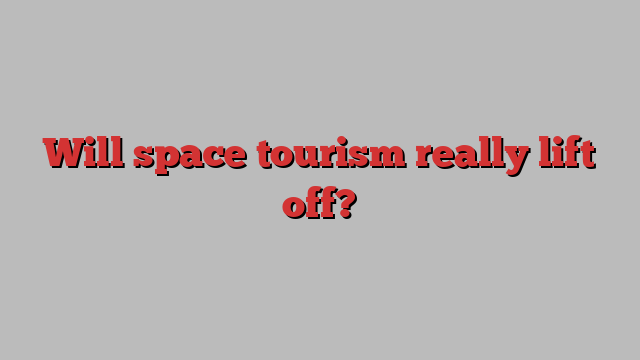
In the autumn of 2004, Richard Branson hosted a press conference at the Royal Aeronautical Society in London. It was conceived to launch his space tourism venture Virgin Galactic – and proclaim the dawn of a new era that would “bring the dream of space travel for many millions closer to reality”.
“Within five years, Virgin Galactic will have created over 3,000 new astronauts,” proclaimed the ebullient billionaire. Twenty years later, the company has flown only 37 people to space, including 23 paying customers on seven commercial flights.
The total number of astronauts who have flown privately to space is about 60. Yet the space-tourism sector still bubbles with enthusiasm, unfazed by its failure to come close to meeting past expectations.
Following Virgin’s last flight with a crew of four in June, the Galactic 07 mission, the company suspended commercial operations until 2026, when it plans to have completed two new Delta-class spaceships. Once they are operational it aims to deliver 125 flights a year, taking 750 passengers into space. In the longer term, operating with two spaceports and four spaceships, Virgin will achieve 550 flights and 3,300 passengers annually, says Aleanna Crane, the company’s vice-president of communications.

The suborbital experience offered by Virgin and its competitor, Blue Origin, is currently the most active sector in space tourism. Blue Origin, founded by Amazon’s Jeff Bezos in 2000, has flown people into space eight times on its New Shepard rocket. The company is now building a companion spacecraft to boost its flight frequency – and has boundless ambitions, according to Sarah Knights, head of Blue Origin’s astronaut office. Space tourism may have been disappointingly slow to take off, she says, “but now is the time when automation and new technology combine to take us into a new era”. She compares today with the barnstorming period of aviation in the early 20th century.
Suborbital spaceships fly on a trajectory that allows passengers to experience weightlessness. Travellers can look out at the black depths of space or look down at the Earth’s oceans glowing blue, swirling white cloud systems and green or brown landmasses in what is called the “overview effect”. The experience does not last long – Virgin Galactic’s spaceships spend only about three minutes at peak altitude. But the astronauts have given intensely positive descriptions of their flights to the FT. “It was an overwhelming and incredibly humbling experience,” says Virgin Galactic astronaut Giorgio Manenti, who is in the travel and hospitality business. “Space travel has been a dream for my entire life, and making that dream come true exceeded my highest expectations,” says Jaison Robinson, a US real estate investor who flew with Blue Origin.
Space tourists have to be very wealthy – or have rich benefactors paying for them. Virgin’s list price for a seat on a future Delta flight is $600,000, with an initial payment of $150,000 including a non-refundable $50,000 membership fee, and the balance of $450,000 payable a year before the flight. According to the company, 700 “future astronauts” have enrolled in Virgin’s Galactic community.
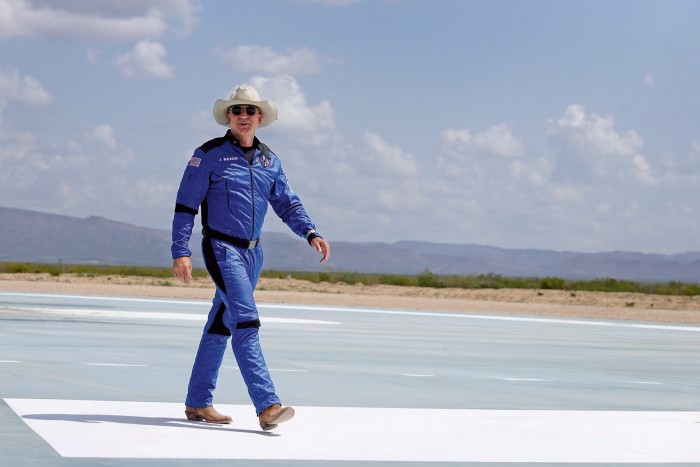
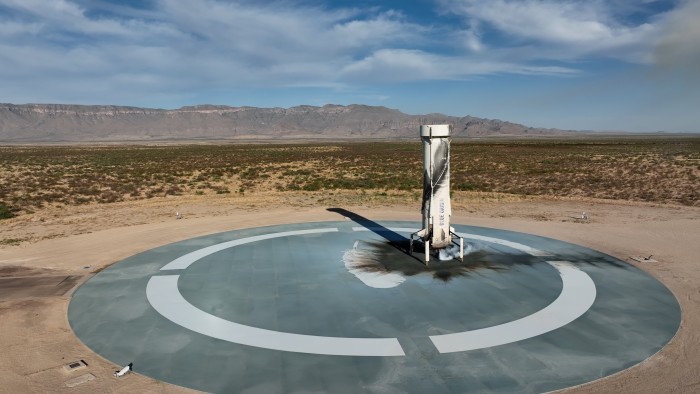
Unlike Virgin, Blue Origin does not disclose prices, but most passengers are likely to pay hundreds of thousands of dollars for their few minutes in space. Through seat sponsorships, the price varies according to an individual’s ability to pay and their contribution to the social mix of Blue Origin crews. Increasing the diversity of its astronauts is an important objective for Blue Origin, says Knights. This year, the company started a partnership with the Space Exploration & Research Agency (Sera), a US-based non-profit organisation, “to develop a human spaceflight programme for citizens of nations who have historically lacked access to space”, including Nigeria and India. Sera will pay most or all the costs for those selected.
While suborbital flights dominate space tourism, a few ultra-wealthy individuals have paid far larger sums – tens of millions of dollars each – to spend much longer periods further from Earth. According to the US space agency Nasa, 13 private individuals from seven countries have visited the International Space Station alongside almost 270 professional astronauts, typically on missions lasting a week or so.

Last month, billionaire businessman Jared Isaacman undertook the first privately funded spacewalk from the SpaceX Dragon capsule at an altitude of 700km during his five-day Polaris Dawn flight. He is believed to have contributed hundreds of millions of dollars to help Elon Musk’s company develop three commercial Polaris missions, which will culminate with a flight on Starship, the world’s most powerful rocket designed to carry people “to Earth orbit, the Moon, Mars and beyond”.
The Moon and eventually Mars gleam brightly in the eyes of space ultras such as Musk and Isaacman. Experts who are less committed to private space flight are more cautious about whether – and, if so, when – the lunar economy will develop to a stage in which tourist visits play a significant role. “The first phase will be millionaires or billionaires who want to go there, but the cost of flights will come down,” says Koji Yamanaka, director of Japan’s space exploration centre. “Eventually, common people will go to the Moon as tourists, but I don’t know how long that will take.”
At the opposite end of the distance scale lies the prospect of ultra-high-altitude balloons, carrying luxurious passenger capsules up to a maximum of 40km above the ground (a passenger jet reaches between 9km and 12km). Companies developing this sector of the market, such as Space Perspective of the US and Halo Space in Spain, maintain that they operate in the “space tourism” business, though their flights rise less than halfway to the Kármán line, the boundary at an altitude of between 80km and 100km that is often regarded as separating space from the Earth’s upper atmosphere. “Our passengers will observe the vastness of space and the curvature of Earth,” says Carlos Mira, Halo Space chief executive. “They will have the life‑changing experience of the ‘overview effect’, when people see our planet from space.”
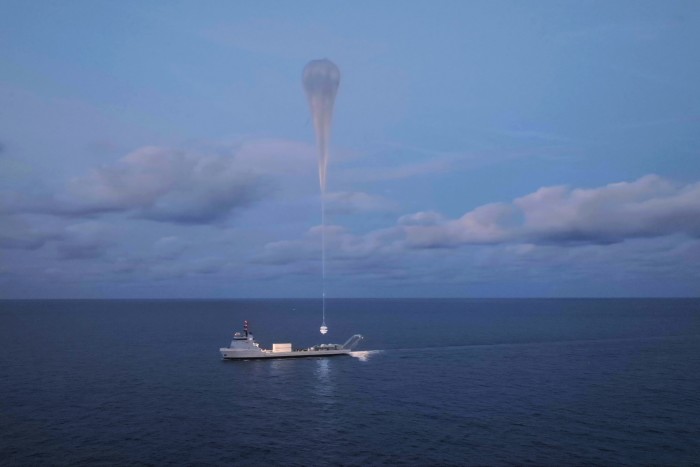
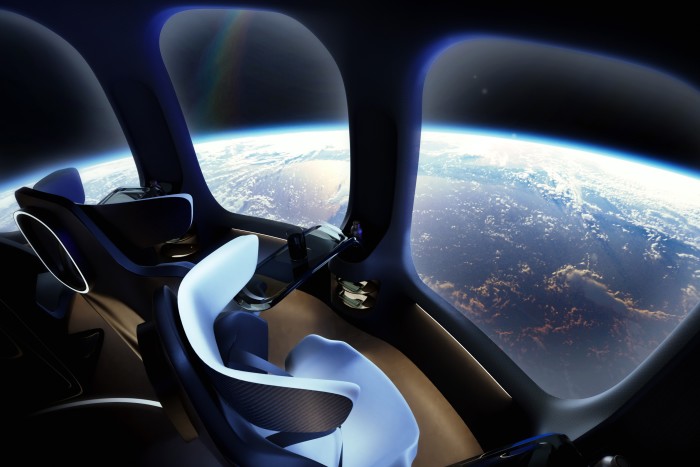
The gentle, slow ascent by balloon is a complete contrast to the rocket-powered flights on Virgin Galactic and Blue Origin. “You’ll ascend for two hours at 12mph in a luxurious cabin with the largest windows ever flown to space,” says Jane Poynter, co-founder of Space Perspective. “If you’re on a pre-dawn flight, there’ll be a starscape like you’ve never seen before, then the transfixing sight of the sun coming up over the curved horizon. After a couple of hours, we’ll bring you back in a gentle two-hour descent.”
The companies are using different gases to lift their balloons. Halo Space’s balloon is filled with helium and Space Perspective’s with hydrogen; Halo Space will touch down on land and Space Perspective in the ocean. But the two experiences will otherwise be similar, as will the price: from €100,000 for Halo Space and $125,000 for Space Perspective. Both companies are currently in the testing phase and expect to begin commercial flights within two years, aiming to carry hundreds of passengers a year from launch stations in places around the world favoured by sunny weather.
For suborbital astronauts, however, rocket-propelled ascent at three times the speed of sound is a key part of the experience. Virgin’s spaceplane takes off horizontally under the wing of its mothership Eve and is released at around 13km altitude to ascend to around 80km under its own power, before gliding back to base. Blue Origin is quite different. Its New Shepard crew capsule launches vertically on a reusable rocket and is released at 60km to coast above 100km before descending by parachute.
The suborbital companies give their astronauts a few days’ training before their flights. “The goal is to foster bonding and collaboration to create a crew fully equipped for spaceflight,” Virgin tells its passengers. “You will cover G-force awareness, suits and gear training, emergency procedures, sensory saturation and more.”
Blue Origin and Virgin astronauts must be fit and mobile. “You’re never too old to go to space, but our rigorous health screenings will verify you’re fit to fly, whatever your age,” Virgin says. “We have a detailed pre-flight medical questionnaire and a last-minute check-up for all astronauts to ensure you’re good to go.”

Giorgio Manenti, who flew on Virgin’s Galactic 7 mission in June, will never forget the thrill of rocketing through the atmosphere. “After release from the mothership we have a lot of Gs on our body, which we trained for, and we’re going at Mach-3 vertically to space – which is something few people have experienced,” he says. “The sense of speed in that little rocket going up is just extraordinary. It just keeps accelerating, and when you think you’re done it goes a little bit more.”
Blue Origin astronaut Jaison Robinson, a member of the NS-21 crew in 2022, is similarly enthusiastic. “You look down on that pale blue dot, as Carl Sagan called it, and you realise that every human who has ever lived, every democracy, every dictator, was or is there,” he says. “Then you appreciate how insignificant a lot of the things we stress about are.”
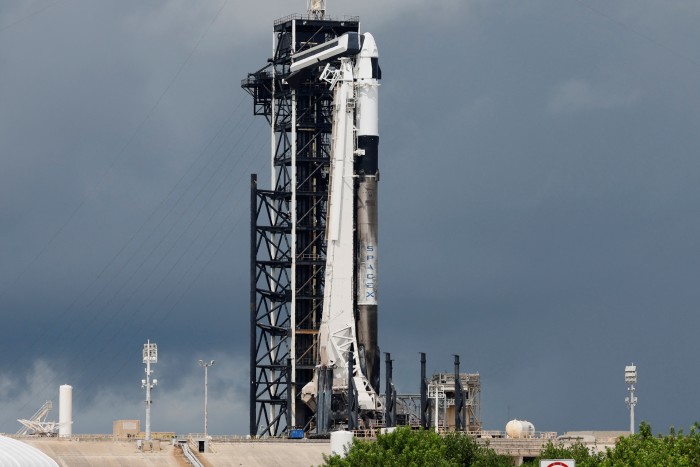
Robinson has become more aware of the risks since the death last year of his fellow NS-21 crew member Hamish Harding on the OceanGate Titan submersible dive to the Titanic wreck. “Blue Origin has made the point that not only is suborbital flight safe but anyone at any age can do it,” he says. Even so, Robinson does not intend to go into space again while his children are still young: “I can’t imagine them having to grow up without me.” However, he yearns to experience orbital spaceflight one day, circling Earth 16 times a day. “I want to see a sunrise and sunset every 90 minutes,” he says. “But if that doesn’t happen, I’ll still feel completely happy and immensely grateful to Blue Origin for making my dream of space travel come true.”
Robinson backs the vision that Branson espoused in 2004, in which “children around the world will wonder why we ever thought that space travel was just a dream we read about in books or watched with longing in Hollywood movies”. Sarah Knights says Blue Origin is determined to keep that vision alive: “We will do what it takes eventually to have millions of people living and working in space.”
Clive Cookson is the FT’s senior science writer